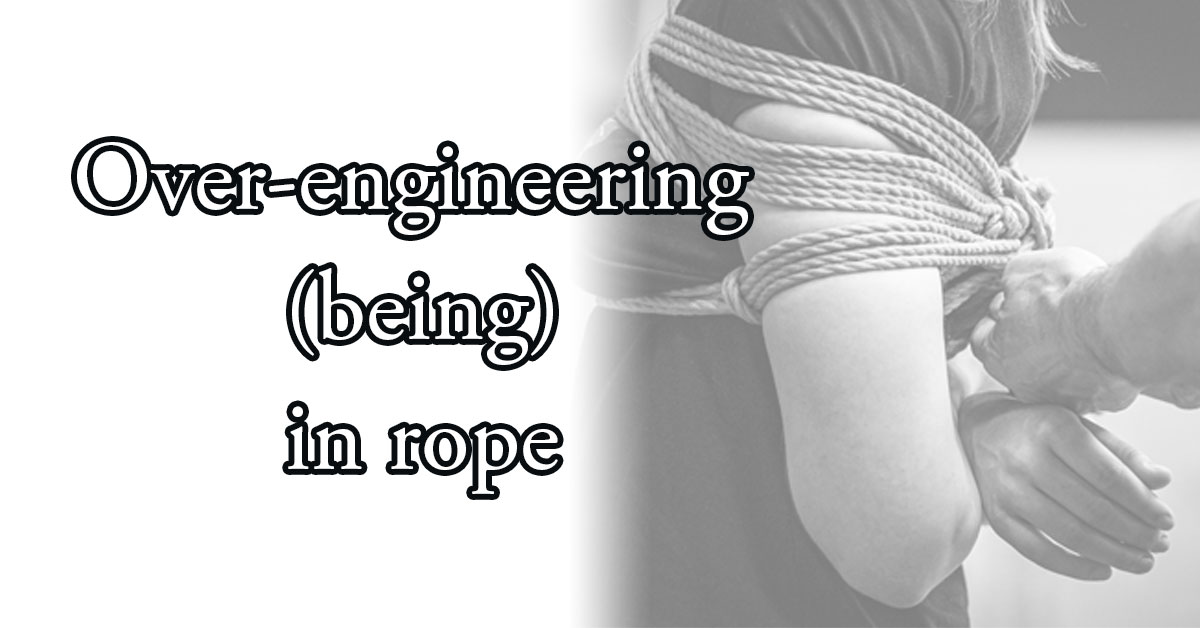I thought I would raise an important topic, a specific question: Has anyone ever encountered a bondage-related injury specifically attributed, with a reasonable degree of medical certainty exclusively, to cutting off circulation?
Candidly, in the more than thirty years that I’ve been doing erotic bondage, I haven’t encountered even so much as one single case of this happening. Repeat, not one.
I’ve seen “any number of” injuries that could be reasonably explained by injury to a nerve such as numbness or tingling of a thumb or a little finger signifying compression of the radial and ulnar nerves, respectively, against the relevant bone. This usually happens by direct localized mechanical compression, but occasionally due to traction,
I’ve also seen or heard reliable reports of injuries caused by compressing the radial nerve on the outer aspect (thumb side) of the lower part of the upper arm bone (the humerus) as the nerve leaves the triceps muscle and crosses just above the elbow joint from outside of the upper arm to inside of the lower arm.
But as to an injury caused specifically by cutting off circulation; nada.
As some of you know, I’m of the opinion that certain practices (such as breath control) are more dangerous than many people believe them to be (Let’s not get further into that now). In this case, I’m more and more of the opinion that a certain practice, cutting off circulation, is less dangerous and, more particularly, less likely to happen at all than many people believe it to be.
Regarding the hands and feet, both have redundant, interconnected systems of circulatory supply and drainage. The interconnected arterial arches and the interconnected network of superficial and deep veins. From what I can tell, -all- of these would have to be blocked, particularly the arteries, “to a clinically significant degree” to compromise circulation to an extent that actually mattered.
More particularly, distension of superficial veins seems to be a relatively unimportant finding regarding assessing circulation, given that they they are interconneced with the deeper veins, which are presumably still working just fine.
However, if such blockage happens, acidic metabolic waste products (such as lactic acid and carbonic acid) build up “downstream” of the blockage, and this buildup results in a very painful, unerotic sensation within somewhere between 15 to 30 minutes. This strong, unerotic pain results in a strong desire for the bondage to be released.
Given that such tissue can typically survive several hours without blood flow before damage occurs — in hand surgery, for example, a tourniquet is used to shut off blood flow completely for two hours or more — this means that if circulation really is blocked to a degree that matters then the painful buildup of metabolic waste products will cause a strong desire for the bondage to be released well before the threshold needed for damage to occur is reached. For example, in restoring blood flow to a torsioned testicle (which fairly quickly becomes agonizingly painful), one authority states a four-hour window of intervention exists.
It comes back to that “good pain good; bad pain bad” saying that I like to teach.
Were serious damage to circulation to occur, there would be signs specific to that, such as pallor and coldness of the affected limb. Numbness could be explained by damage to a nerve. If inadequate circulation continued long enough, further specific signs such as gangrene or some other form of necrosis would likely appear. I haven’t seen any bondage-related gangrene in our community in the last 30 years.
Jay Wiseman
Dec 29, 2004
(used with permission, edited for readability)
Jay Wiseman lives in San Francisco. He was born on June 16, 1949, has three children: two sons and a daughter. He makes his living as a writer, his most notable book “SM 101: A Realistic Introduction.”. He worked as an ambulance crewman for about eight years.












Leave A Comment